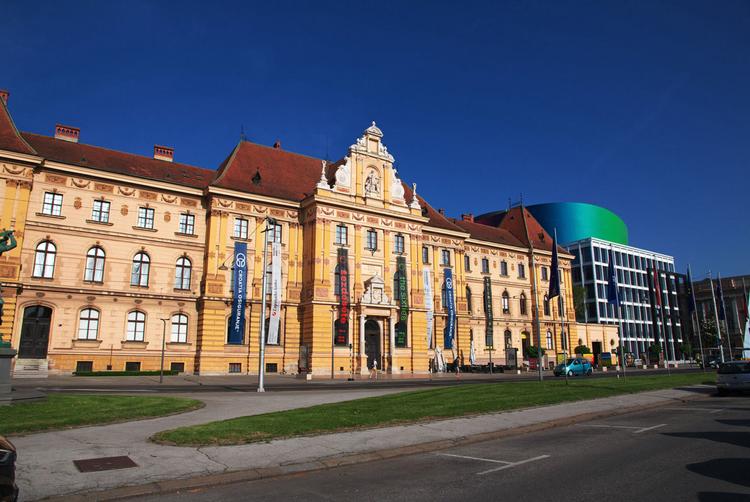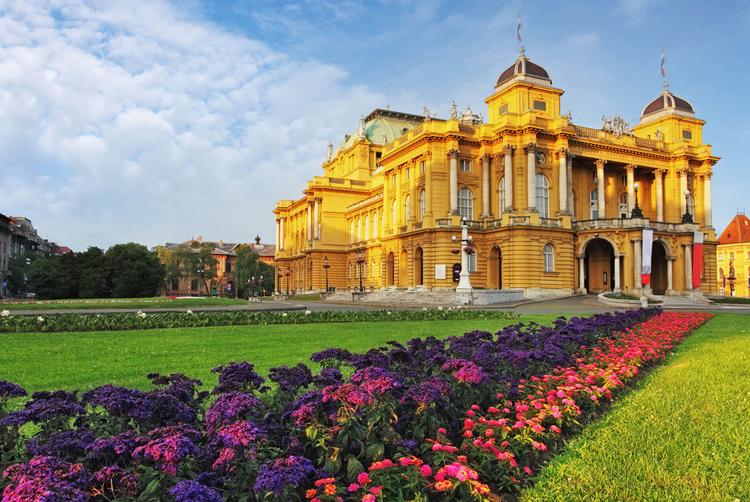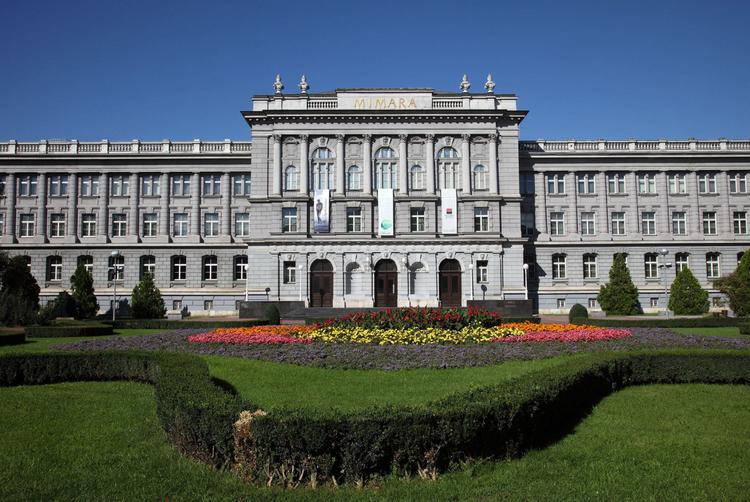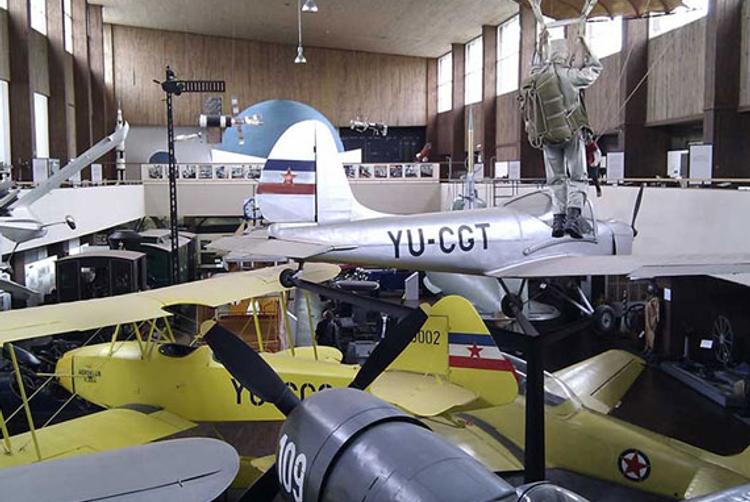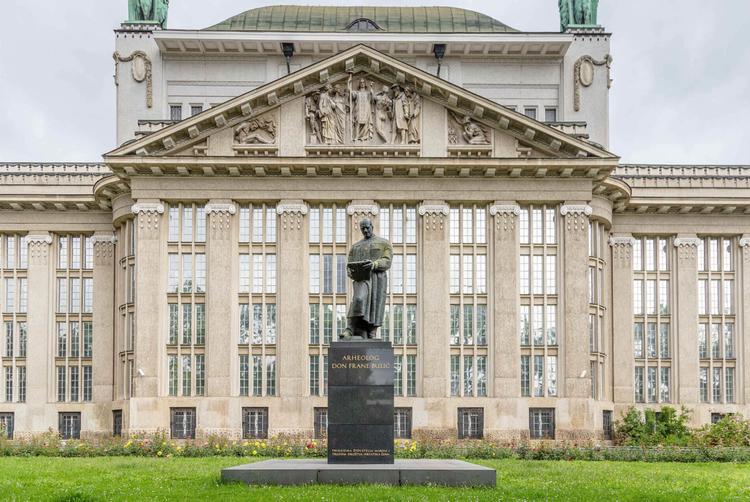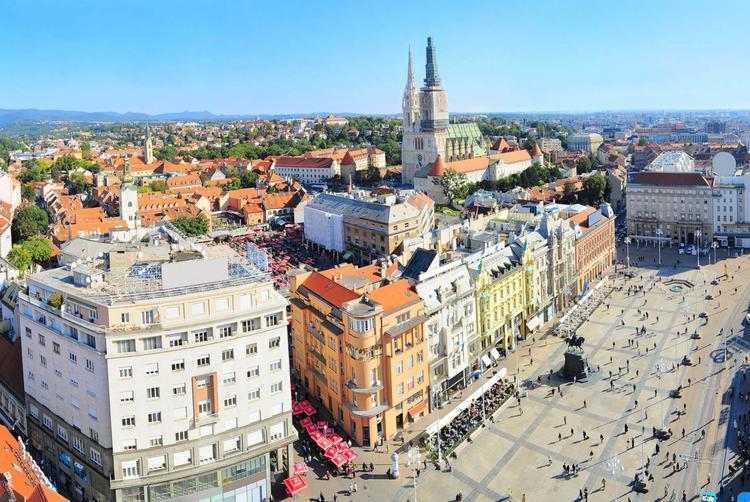Zagreb
The city of Zagreb, capital of Croatia, on the historic and political threshold between East and West, illustrates both the continental and Mediterranean spirit of the nation it spearheads
Zagreb is the cultural, scientific, economic, political and administrative centre of the Republic of Croatia.
Zagreb is a safe city whose doors are always open; a city with a tumultuous history teeming with interesting personalities; a city that warmly invites all those who wish to get to know it, and a city that will surely fulfill your expectations. Zagreb enjoys a rich cultural life. Around 30 theatres are active in the city, some with regular programmes, some occasional. Along with some 30 museums, a large number of galleries and many theatre, music and dance festivals all combine to make Zagreb a city of art.
From classical to alternative, from amateur to professional, from private to public, these different artistic outlets reflect the high level of cultural awareness. Zagreb can be described as a city with the biggest lounge. The moment the sun appears in the sky in spring, restaurant, café and coffeehouse terraces open for custom. Streets become promenades, places to get a cup of coffee, relax or have a business meeting.


